However, whether this commitment is realized or not depends on the organization of the implementation of the Law on Teachers. This is a much more complicated and difficult task than the construction and promulgation of the Law.
A new era for the teaching profession
The Law on Teachers, built in the spirit of “development creation” of Resolution No. 66-NQ/TW dated April 30, 2025 of the Politburo , is a powerful legal tool to transform Vietnam’s education system. It not only addresses current shortcomings, but also opens a new era for the teaching profession, where teachers are considered the most valuable asset and the main driving force for educational development.
However, the Law on Teachers, when put into practice, will face unpredictable difficulties and challenges from many sides under the impact of political, social, cultural and economic factors, including many factors outside of education.
One of the major challenges today is that in our country as well as in the world, the teaching profession is undergoing profound changes along with education under the impact of global trends related to technological advances, trade instability, geopolitical conflicts, population transition, and sustainable development.
Along with the question of how education must transform to successfully contribute to shaping a more peaceful, equitable, self-reliant, and sustainable world, is the question of how the teaching profession and teachers must transform so that learners can succeed in tomorrow's world with many unpredictable differences in living and working environments compared to today.
This article aims to contribute ideas for the implementation of the Law on Teachers, focusing on answering the above question through building and developing a team of teachers capable of adapting and creating the future. The ideas are based on an in-depth analysis of the evolution of the teaching profession, relevant international studies by UNESCO and OECD, and the help of artificial intelligence (AI).
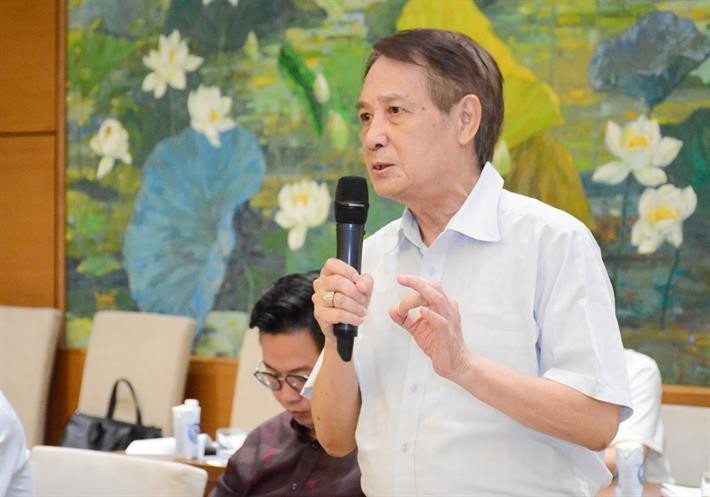
Request for transfer with teacher
Education systems around the world are now undergoing a radical transformation to respond and adapt to rapid change and increasing complexity, particularly under the impact of artificial intelligence. However, these challenges present a unique opportunity to promote the transformation of the teaching profession as a dynamic, adaptive, collaborative and innovative profession with the following core characteristics:
First, it is a deeper understanding of the professional identity of teachers. This identity represents the core values, purpose and meaning that teachers bring to their professional activities. Essentially, it is a deep, genuine awareness of the qualities and capacities that teachers develop continuously over time. It is also a sense of being an indispensable and valued part of the school community, in which teachers feel respected, supported, and empowered to contribute meaningfully to the community; it is a spirit of lifelong learning, a habit of reflection, curiosity, openness and innovation to continuously develop, meet new challenges, seize new opportunities, and focus on preparing learners to face future challenges.
Second, is the promotion of teachers' autonomy and self-determination in their professional activities as people at the forefront, actively leading change and shaping the future of education. Here, teachers' autonomy is understood as the level of freedom and independence that teachers have in making decisions about professional activities, implementing educational programs, teaching practices and classroom management.
Teacher autonomy is the expansion of autonomy, the ability to act towards the future, experiment with new teaching methods, design new learning activities, adapt to change, based on the belief that one's decisions and intentional actions can positively influence professional practice, learners' learning experiences and the needs of society.
Third, in terms of professionalism, teachers must develop a new professionalism. That is connective professionalism, which requires teachers to be able to interact with colleagues, connect schools with families and communities, exchange between schools, and work effectively in multidisciplinary teams.
There needs to be a strong shift in mindset from “me and my classroom” to “we and our school”, promoting a culture of feedback sharing and mutual support to reduce individual pressure and harness collective professional identity.
Fourth, connected professionalism requires teachers to have a new capacity. That is, the capacity to collaborate. This capacity is no longer an optional extra but a core, mandatory capacity. This shows that the training and development of teachers in the future must strongly integrate interdisciplinary and communication skills, shifting the focus from individual excellence to collective impact.
This also implies that the traditional classroom model of being confined within four walls is becoming increasingly obsolete. Teaching is no longer about an individual teacher leading learners through activities or lessons behind closed doors; it is a work that takes place across the school and in collaboration with other educators, with the school as a unit of lifelong learning.
Fifth, along with the ability to collaborate, teachers must improve their capacity for scientific research, innovation, and digital transformation. In a challenging context, with opportunities for the application and development of AI increasingly widespread in education, teachers are no longer passive in imparting knowledge, but proactively leading and accompanying learners in acquiring knowledge, promoting learning based on experience, exploration and curiosity, identifying research questions and pursuing them, generating knowledge, and becoming agents of change.
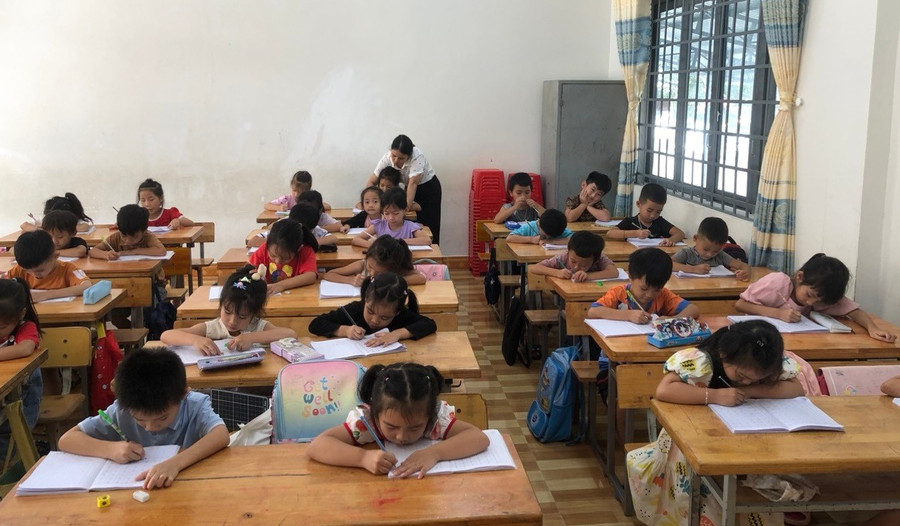
Priority solutions
To realize the above characteristics in building a team of teachers with creative capacity in contributing to creating breakthroughs in fundamental and comprehensive educational innovation in the spirit of Conclusion No. 91-KL/TW of the Politburo on continuing to implement Resolution 29-NQ/TW, the following priority tasks and solutions are recommended in organizing the implementation of the Law on Teachers:
Firstly, develop training and development programs for teachers in the direction of transformation, adaptation and response to the evolution of the teaching profession, one step ahead to be ready for the transformation of teaching and learning in educational institutions. Early promulgation of professional standards for teachers, as open standards, ready to be supplemented and updated, as a basis for building and forming a lifelong learning ecosystem, continuous professional development of teachers.
Apply digital technology to build online and free learning platforms, allowing teachers to choose training modules that suit their personal development orientation and school requirements. Develop networks and practice communities inside and outside the school, creating conditions for teachers to support, learn from each other, share expertise, capacity and experience.
Second, promote autonomy, self-determination, leadership and management skills of teachers to creatively carry out professional activities related to their work, from curriculum and pedagogical activities to classroom management and school management.
Empower teachers to experiment with new pedagogical approaches based on learners’ needs, promote curiosity and open-mindedness, and support teachers in developing learners’ self-regulation and self-improvement. This requires changes in management structures, promoting school autonomy and accountability, coupled with increased trust in teachers’ professional and managerial competence.
Create conditions and encourage teachers at all levels to conduct scientific research, from in-depth scientific research at universities to applying research results to improve and enhance the quality of teaching in general schools.
Third, promoting collaboration and teamwork in the professional activities of teachers: Collaboration is increasingly seen as a core competency and leadership skill for teachers. Because ensuring success for learners must now be a collective effort where professional development and problem solving are shared responsibilities.
It is necessary to build a working regime and working environment towards cooperation, from awareness to action. This includes training and fostering teachers; organizing classes, designing specialized physical spaces for contemplation and group work; encouraging inter-school learning to build collective professional identity and share experiences; designing flexible and diverse career paths, opening up many opportunities for teachers to explore different roles, from teaching experts to professional leaders, adapting to the changing needs of the education system; building close partnerships with other experts inside and outside schools, educational technology (edtech) providers, communities, families, businesses, and social organizations, to create a dynamic and connected educational ecosystem.
Fourth, promote the implementation of building and developing school culture, with the central core being the standard value system of Vietnamese people in the period of industrialization, modernization, and international cooperation on the basis of the fourth industrial revolution. In which, the core value is happiness as both a means and a goal of quality education.
Taking school culture as the foundation to perfect, develop, and expand the entire system of friendly school models, happy schools, creating a constructive working environment, bringing well-being to teachers, intellectual satisfaction and job satisfaction to attract talent and retain teachers.
Bringing the Law on Teachers into life requires a comprehensive approach, across the Government and society, to realize the Party and State's policy of enhancing the position, motivation and capacity of the teaching staff as the main force responsible for breakthroughs in fundamental and comprehensive education reform. Therefore, an action program with specific goals, targets, roadmap, tasks, solutions and resources is needed, including priority tasks and solutions.
In addition to priority solutions on salary and benefits to improve teachers' motivation, there should be discussions on priority solutions in the short, medium and long term to improve the capacity of the team to adapt and effectively respond to the high, diverse and changing needs of learners, the labor market and society in the era of national development.
Source: https://giaoducthoidai.vn/dua-luat-nha-giao-vao-cuoc-song-trien-khai-theo-tinh-than-kien-tao-phat-trien-post739437.html




![[Photo] Hanoi morning of October 1: Prolonged flooding, people wade to work](https://vphoto.vietnam.vn/thumb/1200x675/vietnam/resource/IMAGE/2025/10/1/189be28938e3493fa26b2938efa2059e)





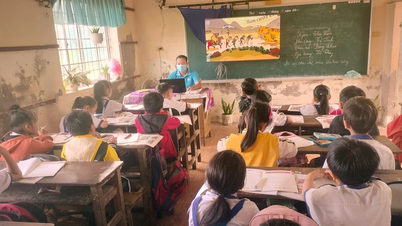




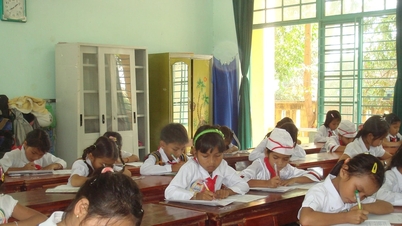

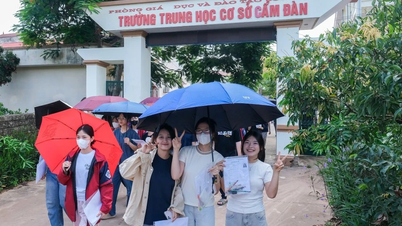
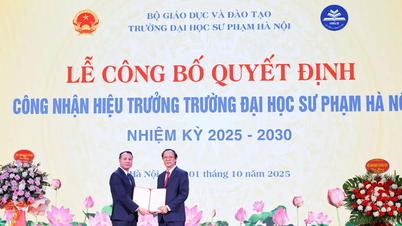


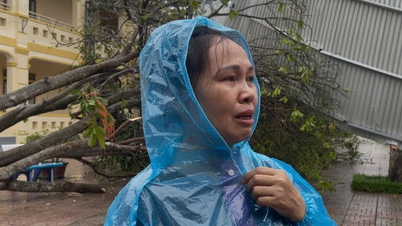










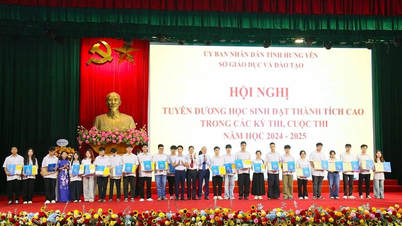
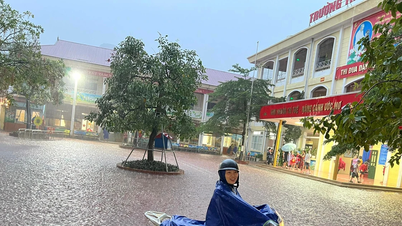

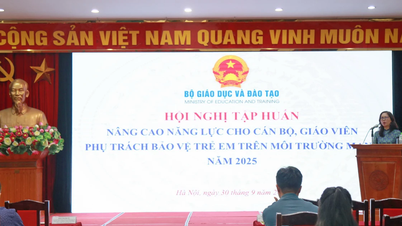
![[Photo] President Luong Cuong receives President of the Cuban National Assembly Esteban Lazo Hernandez](https://vphoto.vietnam.vn/thumb/1200x675/vietnam/resource/IMAGE/2025/9/30/4d38932911c24f6ea1936252bd5427fa)
![[Photo] Panorama of the cable-stayed bridge, the final bottleneck of the Ben Luc-Long Thanh expressway](https://vphoto.vietnam.vn/thumb/1200x675/vietnam/resource/IMAGE/2025/9/30/391fdf21025541d6b2f092e49a17243f)
![[Photo] The 1st Congress of Phu Tho Provincial Party Committee, term 2025-2030](https://vphoto.vietnam.vn/thumb/1200x675/vietnam/resource/IMAGE/2025/9/30/1507da06216649bba8a1ce6251816820)
























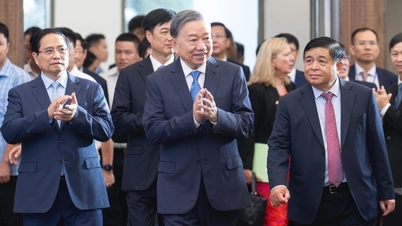
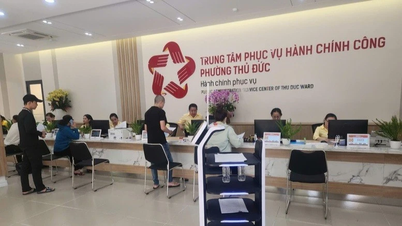

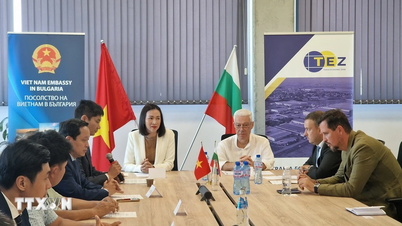
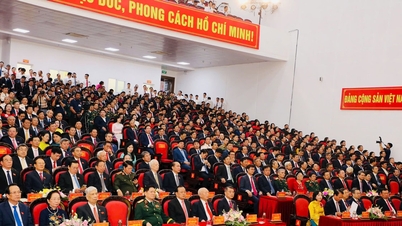

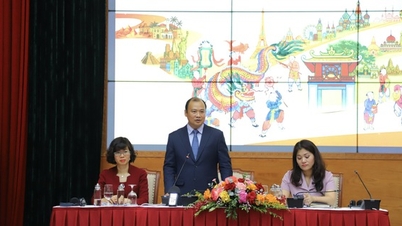











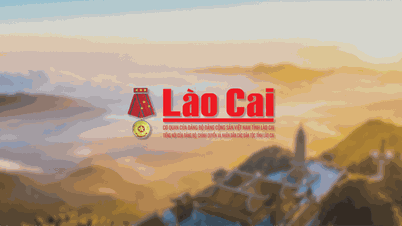
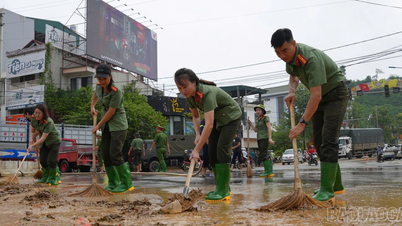















Comment (0)